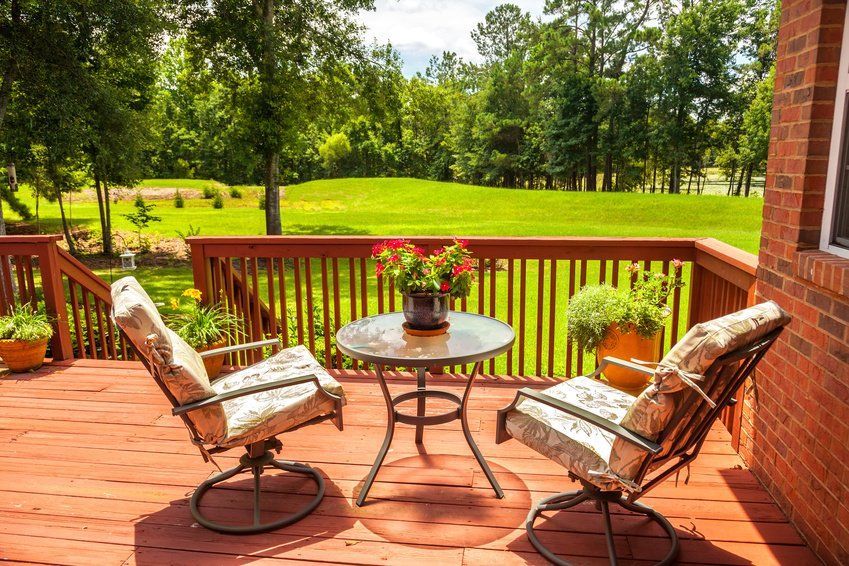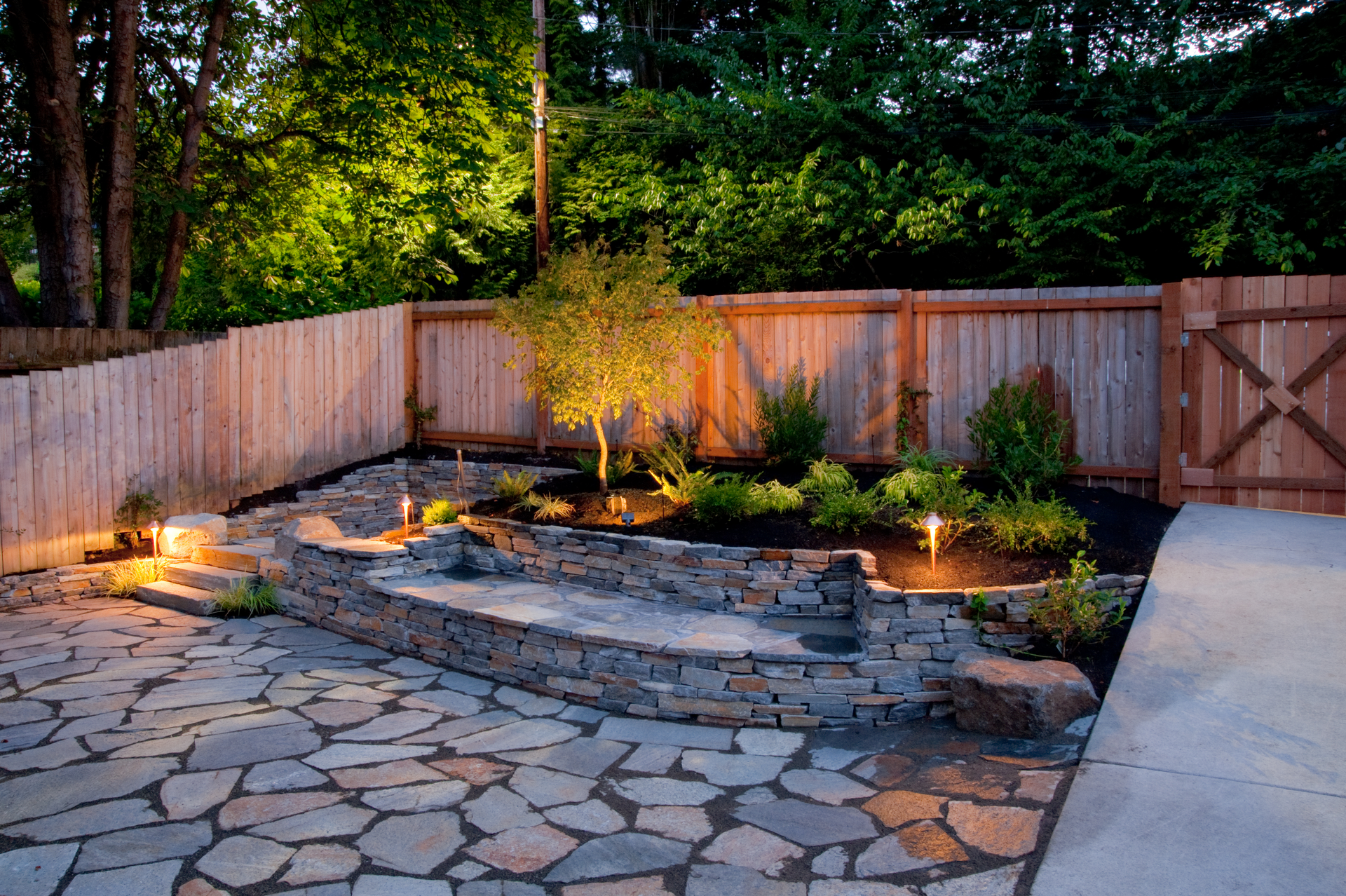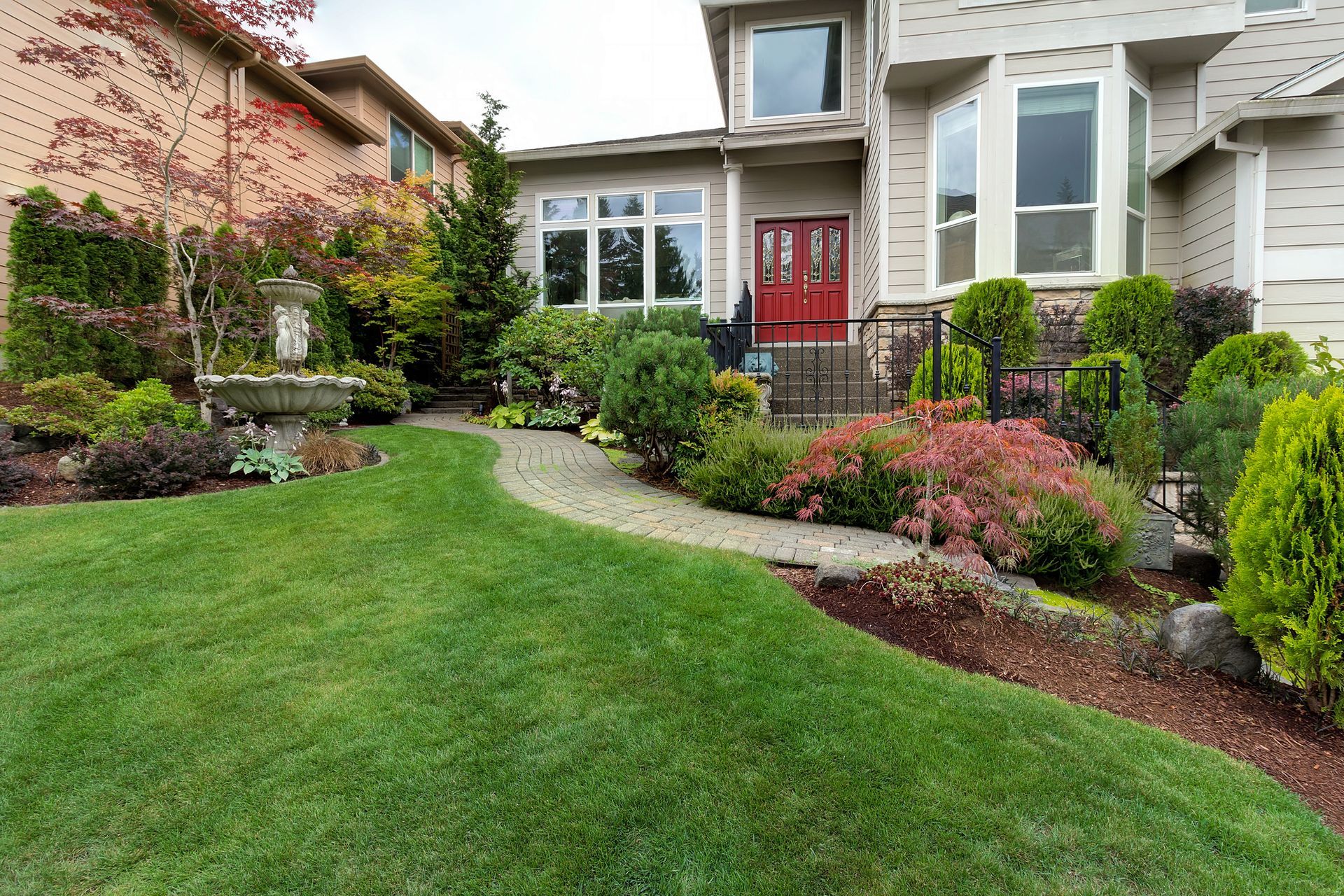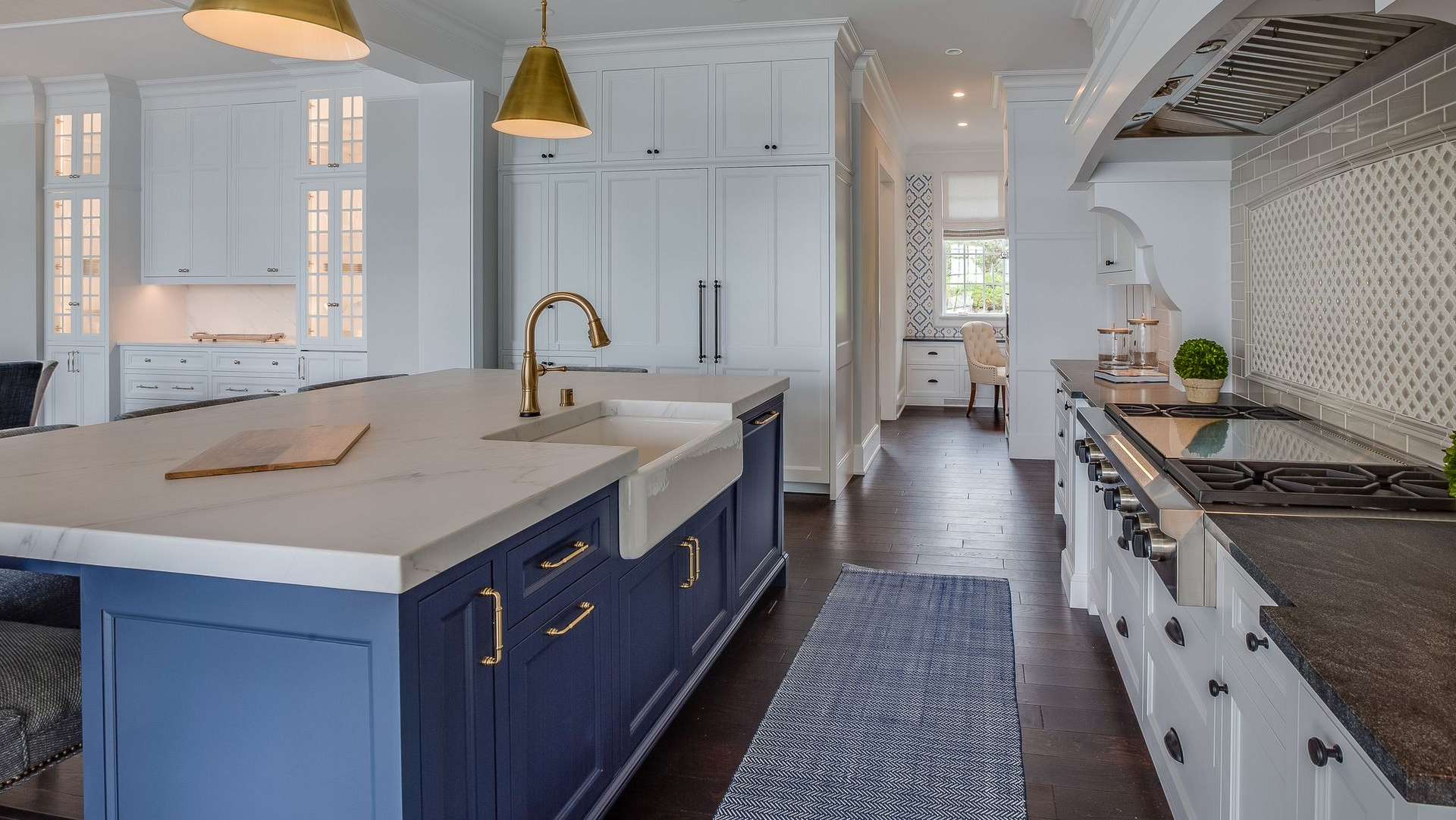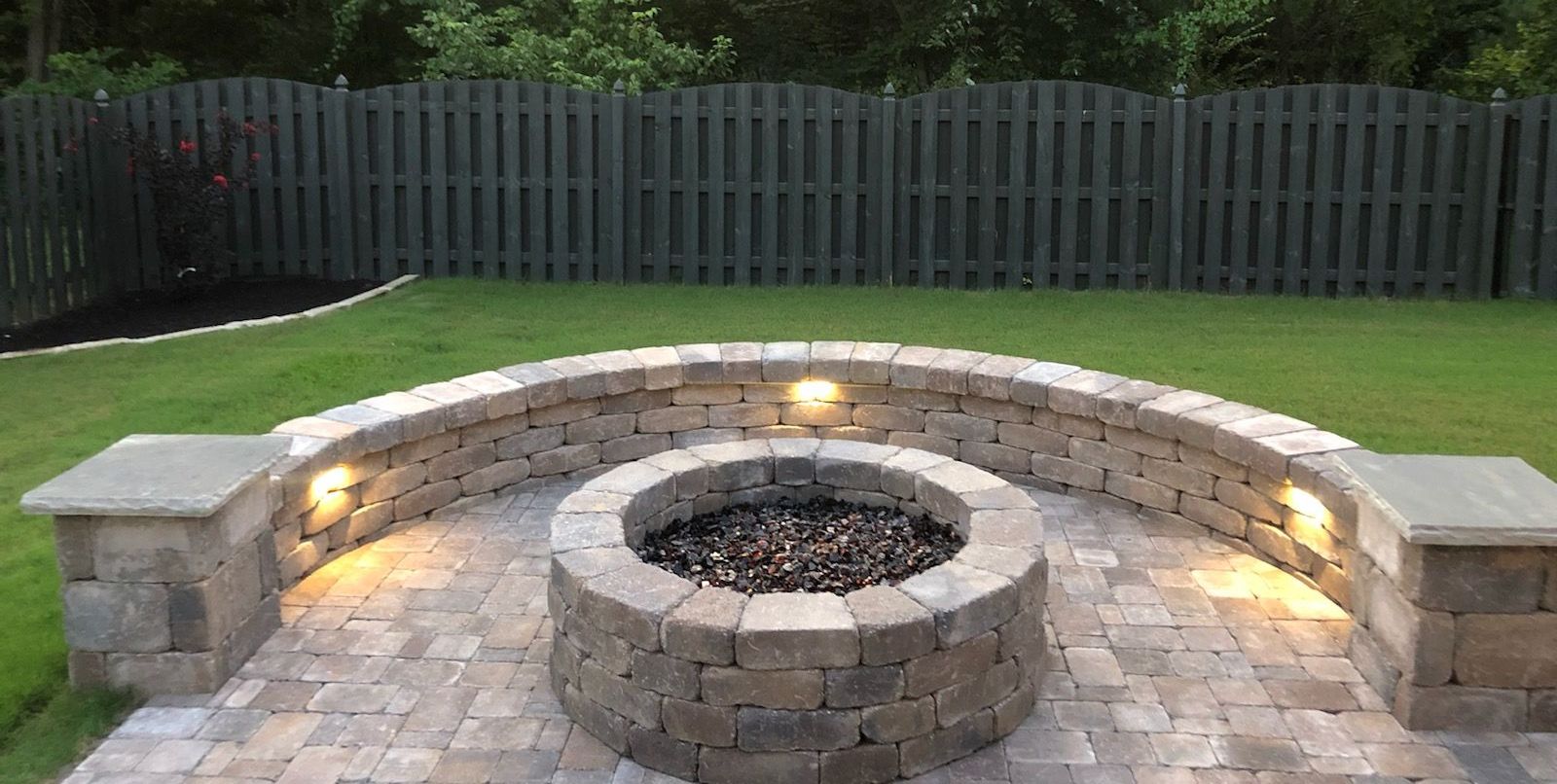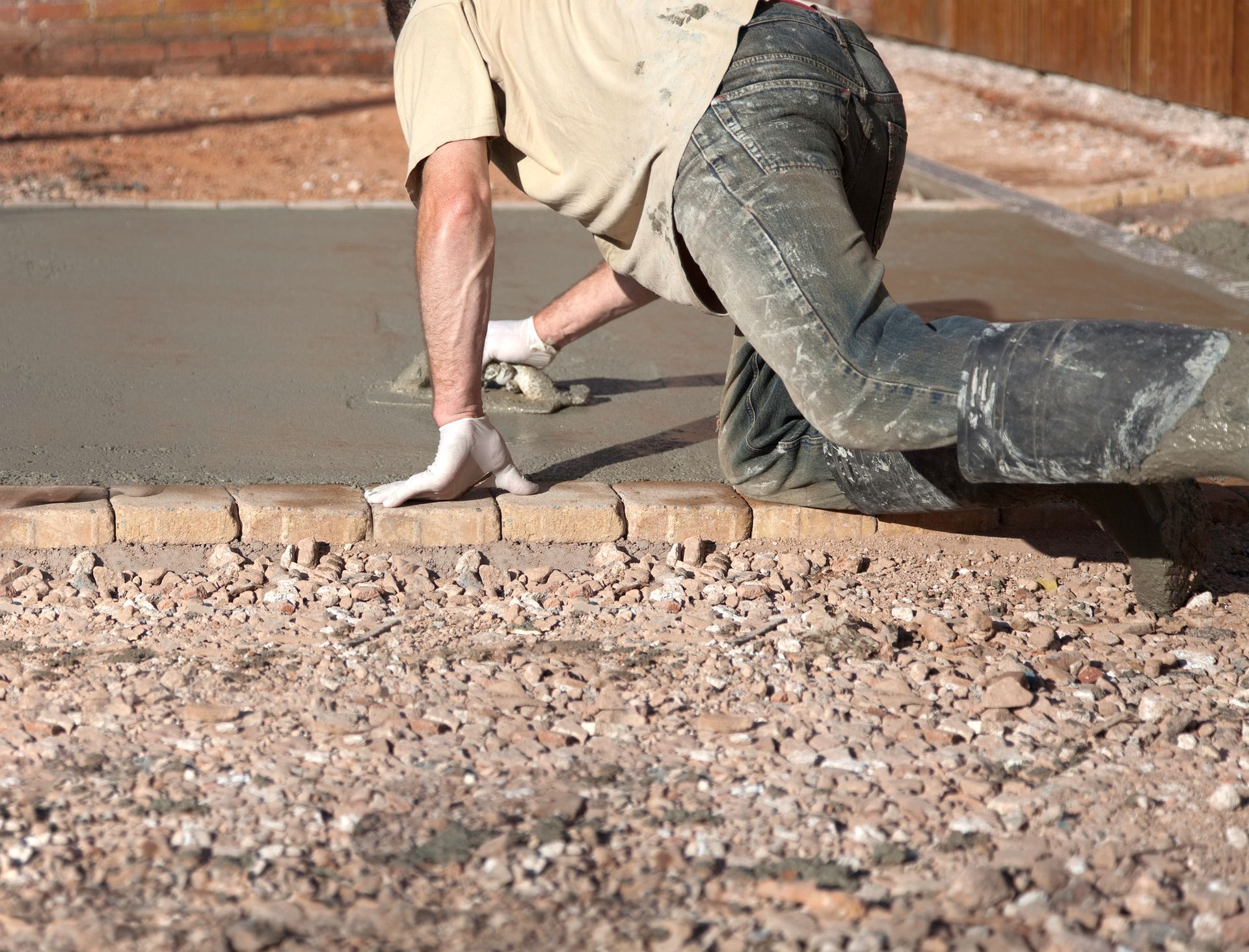Signs Of Drainage Problems And What To Do
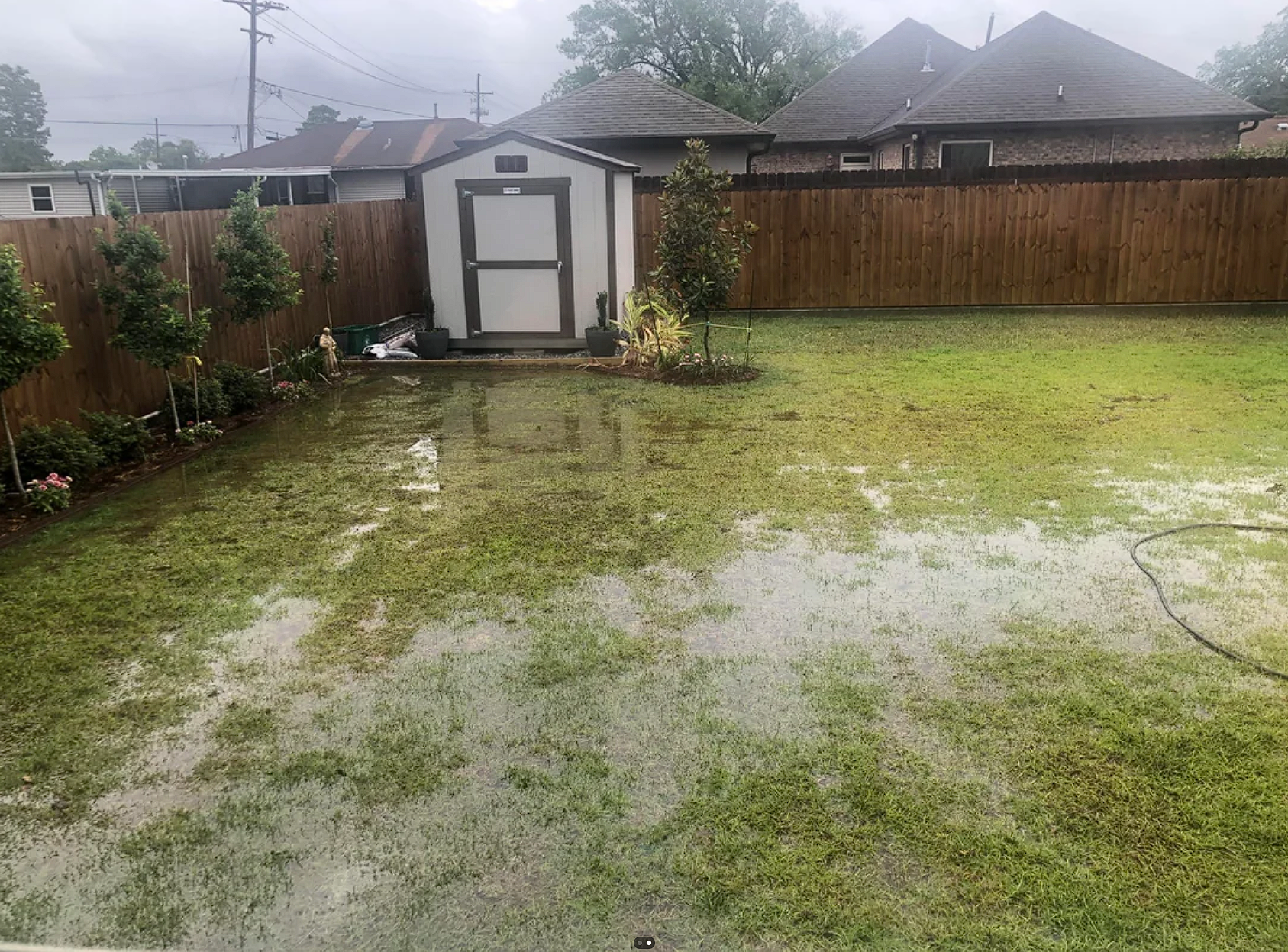
Drainage problems can sneak up on any property. When water isn't moving away from your property as it should, it can cause damage to your landscape, ruin your fencing, and even threaten your home's foundation. Knowing these warning signs of poor drainage can help you act quickly before those small drainage issues end up becoming costly repairs!
The Signs of Poor Drainage
Standing Water
After some heavy rain or just a few hours of watering, you might notice puddles lingering in your yard, and it's certainly a clear sign that water isn't draining properly. Puddles that linger can drown your grass and multiple plants nearby. This can also make your yard prone to muddy areas, which can attract mosquitoes. If left even longer, Uneven surfaces and tripping hazards can appear.
Soggy or Eroded Soil
Areas of your yard that remain soggy for days after rain suggest poor drainage. This excess moisture can suffocate grass and plants, leaving them yellowed or wilted. On the flip side, water that rushes through certain areas can wash away topsoil, exposing roots and undermining the stability of fences and retaining walls. Erosion can also deposit soil in unwanted places, such as driveways, sidewalks, and even inside your home if water is pooling near the foundation.
Cracks in Hardscapes or Foundations
Water that isn’t draining away from your home or hardscaped areas can cause the ground to shift. This movement leads to cracks in concrete patios, walkways, and retaining walls. Over time, these cracks can widen, compromising the structural integrity of your outdoor features. In severe cases, water pressure can even cause foundation walls to crack, leading to costly repairs inside your home.
Mold, Mildew, or Musty Smells
Excess moisture creates ideal conditions for mold and mildew to thrive, especially in shaded areas or under decks and porches. These fungi not only look and smell unpleasant, but they can also rot wood fences and decking. A persistent musty odor is often a telltale sign that water is being trapped where it shouldn’t be.
Unhealthy or Dying Plants:
Plants that are consistently waterlogged may develop yellow leaves, stunted growth, or even die. Conversely, some areas may drain too quickly, leaving plants parched and struggling. Both extremes indicate that your yard’s drainage is out of balance, and your plants are paying the price.
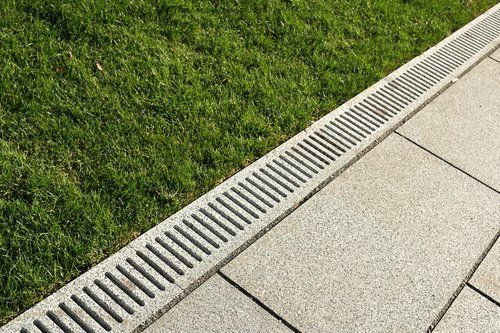
So, What Are The Solutions?
Improve Grading
Ensuring that your yard slopes away from your home and outdoor structures is the first line of defense against drainage problems. A gentle slope of about 2% (roughly a 2-inch drop over 8 feet) encourages water to flow away rather than pool. This simple adjustment can prevent a host of issues, from soggy lawns to foundation damage.
Consider French Drains
French drains are a highly effective solution for persistent standing water or soggy spots. These systems consist of a trench filled with gravel and a perforated pipe that redirects water to a safer location, such as a storm drain or a lower part of your property. French drains are especially useful in low-lying areas or near downspouts.
Add Channel Drains
Channel drains, also known as trench drains, are ideal for hardscaped areas like patios, walkways, and driveways. They collect surface water and channel it away from your property, preventing puddles and erosion. Channel drains can be customized to blend seamlessly with your landscape design.
Use Dry Wells
A dry well is an underground pit filled with gravel that collects stormwater and allows it to slowly seep into the ground. This is a great solution for properties with heavy runoff or limited drainage options. Dry wells can be installed in strategic locations to manage excess water without altering the appearance of your yard.
Incorporate Rain Gardens
Rain gardens are shallow, planted depressions designed to collect and absorb runoff from roofs, driveways, and walkways. They not only solve drainage problems but also add beauty and biodiversity to your landscape. Plants in rain gardens are typically native species that thrive in wet conditions, making them low-maintenance and eco-friendly.
Maintain Gutters and Downspouts
Clogged or poorly positioned gutters and downspouts can contribute to drainage problems by allowing water to pool near your home’s foundation. Regular cleaning and extending downspouts away from your house can prevent many common drainage issues.
When to Call a Professional
While some drainage fixes can be handled with DIY solutions, persistent or complex problems often require professional expertise. If you notice repeated issues or are unsure about the best approach, we recommend giving us a. A professional can assess your property, recommend tailored solutions, and ensure your yard stays healthy and beautiful for years to come.
Ready to improve your yard’s drainage?
Contact Us today for a consultation and let our team help you create a dry, safe, and inviting outdoor space.


